One winter night, in 2010, I landed at the T3 terminus of Delhi airport. It was extremely cold; I needed a couple of pullover to keep myself warm and comfortable. Having missed out on few opportunities before, I really wanted to make this visit count. My flight was delayed by 4 hours from Pune; it was almost 2 a.m. when I reached my friend’s place at Dwarka, New Delhi. Soon after that I searched online for different locations like Rishikesh, Corbett, Manali and few other destinations as well. Nothing seems working in the late night! It’s been a long tiring day, so time to hit the bed…
Next morning woke up to the alarms ringing in my mind…. “Where to go ? What to do ?”
Early in the morning my mind said “What about Ranthambore ?”
Was quick to get the bookings done and only thing which was hovering around was “How to reach Ranthambore ?” Easiest way was to travel by train but you must be a very lucky chap in India to get a train ticket for the same night. We knew it is going to be a Marathon night to reach Ranthambore and decided to take a bus from Delhi-Jaipur. We got a cheap bus ticket and journey itself was an experience. It was more like an unreserved coach in train 4 to 5 people sharing a sleeper seat. And it’s was 2am again!! But, this time in Jaipur! The streets were deserted and managed to reach train station by 3am. Lucky got a train ticket to Sawai Madapur (Ranthambore) for a 4am train and now we were rest assured to reach Ranthambore in the next few hours.

Finally in Ranthambore. It was early morning 5.30 a.m. There was an open gypsy waiting to pick us up. We were literally freezing and people who had been to Rajasthan during peak winter will know the weather far better; Checked into the hotel and during winter mornings safari starts little late around 7am, so that gave us enough time to refresh ourselves and head for our first experience in the wild.

Ranthambore National Park has got five zones and adjoining Sawaimansingh park has zones 6, 7 & 8. Sawaimansingh and Qualiji remains open for the tourist throughout the year but Ranthambore zones are closed during monsoon (July to September). Ranthambore got its importance not only because of tigers but also from the fort. Ranthambore fort is considered one of the oldest forts in Rajasthan built 1000 years ago. There is also a Ganeshji’s Temple, thousands of pilgrims visit it every year. Don’t be surprised if a tiger comes to see you in the fort.

Now, we were heading towards Zone 3 which has the world-famous Rajbah Lake. This was previously a hunting ground for the Royal Maharajas of Jaipur. Our morning safari was with Raeez Bhai, one of the most passionate and knowledgeable drivers in Ranthambore. Even before we entered the jungle Raeez bhai’s information on forest and animals made things very interesting.

T19’s male cub
We were close to Padam Lake in Zone 3, when a Sambar deer gave an alarm call sensing a predator. But soon the alarm calls disappeared and no signs of the big cats yet. As usual Raeez Bhai was doing his best to show us the tiger. More than couple of hours into the safari, we were returning to Rajbah after a brief visit to Mandook area without any luck. Though, we didn’t see a tiger his stories and knowledge on the jungle made us more than happy.

Tigress T39
Just before Rajbah there were vehicles queuing up. Alarm calls again, though this time it was a continuous call. We were in all hopes that a tiger sighting is for sure. Suddenly the shutterbugs were on full force and yes it was the beautiful Stara (T- 17), one of the most dominant tigers in the park. She was walking from quite a distance and slowly came towards us. She happens to be the Queen of Rajbah Lake. This particular territory is considered one of the best tiger habitats in the world. Because the lake has water throughout the year and prey base is also extremely good.

It’s always special to see your first tiger in the wild that too at Rajbah. Stara(T-17) took over this territory from her mother the world-famous tigress Machili (T-16). Machili is one of the most photographed tigers in the world and has given 9 tigers to Ranthambore. T-17 was one the three cubs from the last litter of Machili.
Evening safari was even more special, when we saw Tigress Krishna(T-19) sister of T-17 chasing a wild boar in the Zone II near Nalgati area. Though a tiger takes several attempts before making a successful kill, we all wished she could get her prey. It was unfortunate for the tiger but fortunate for the piglet that she wasn’t able to cling on to him. One should be lucky to see a tiger in the wild but to see a live kill you must be extremely lucky. This particular incident turned me from a regular tourist to a wildlife enthusiast.

Tigress T19 with cubs
Then on, I have visited Ranthambore and various other National Parks and Wildlife Sanctuaries across India on several occasions. Each time I have seen something different and interesting but more importantly I got to learn a lot about the jungle and wildlife from the experts of those areas.
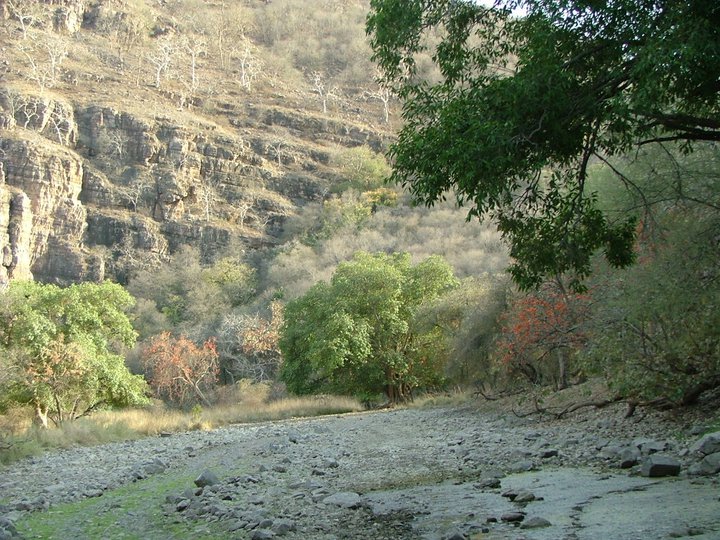
A piece of advice to people who plan their vacations in any wildlife or jungle related places, is not to disturb the jungle by any means. Never litter and tease or feed wild animals. This might create unnecessary trouble for you and also for the wildlife.

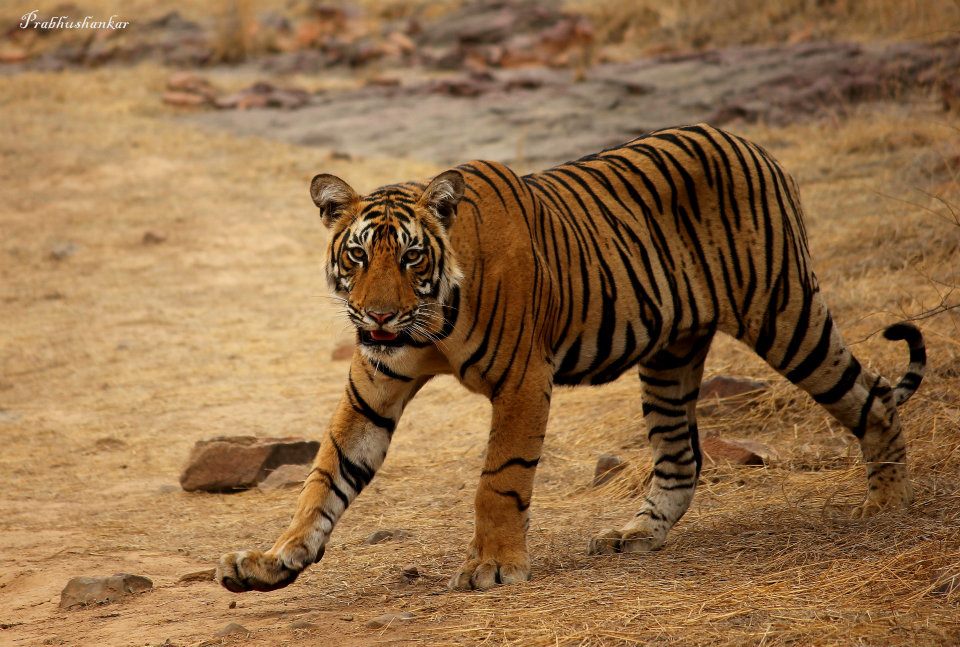
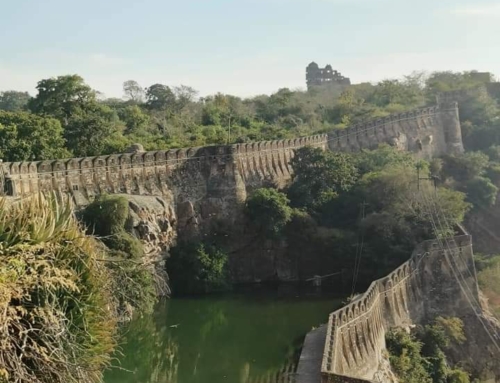

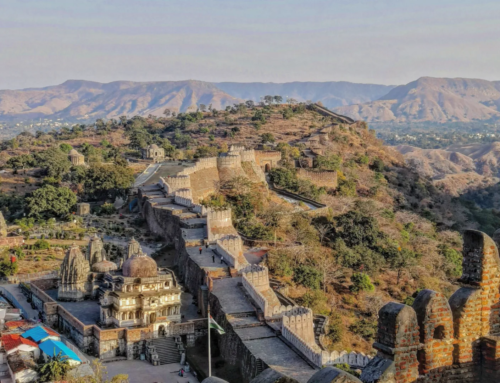
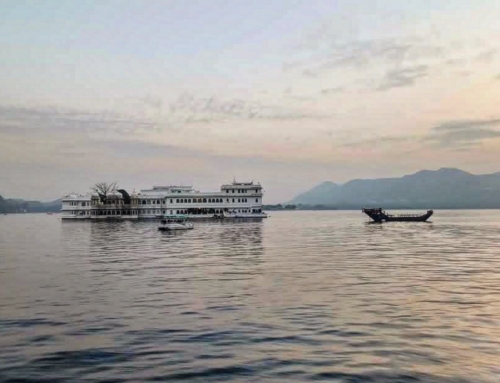
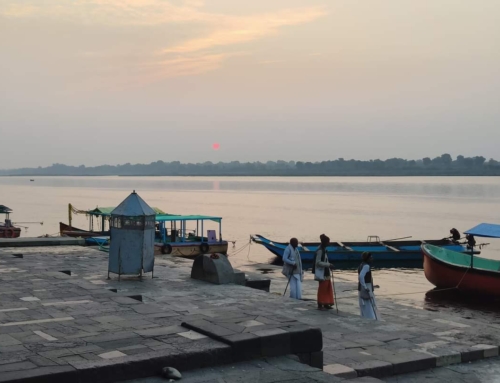
Really enjoyed reading about Ranthambore national park!
Thank you Cookie 🙂